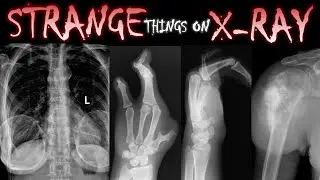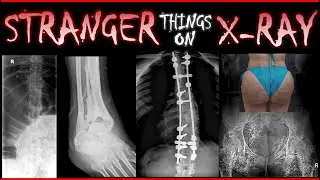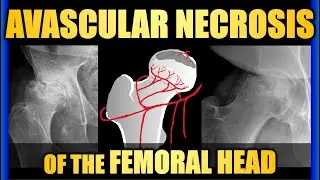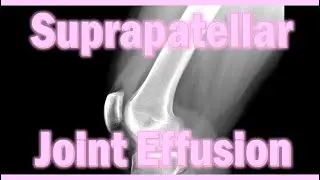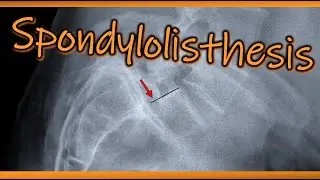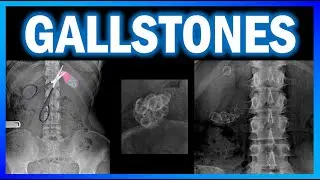Spondylolisthesis
Spondylolisthesis is a condition where one vertebra slips forward over the one below it, causing back pain and nerve compression. In this video, we will review the terminology, classification, and radiographic features of spondylolisthesis in the lumbar spine. We will also show you some examples of spondylolisthesis on different imaging modalities, and test your knowledge with some multiple choice questions at the end.
Spondylolisthesis is a condition where one vertebra slips forward over the one below it, causing back pain and nerve compression. In this video, we will review the terminology, classification, and radiographic features of spondylolisthesis in the lumbar spine. We will also show you some examples of spondylolisthesis on different imaging modalities, and test your knowledge with some multiple choice questions at the end.
The term spondylolisthesis comes from the Greek words spondylos, meaning spine, and listhesis, meaning slipping. Spondylolisthesis can be classified according to its etiology or its degree of slippage. The most common etiologies are:
Degenerative: due to aging and wear and tear of the intervertebral discs and facet joints.
Isthmic: due to a defect or fracture in the pars interarticularis, which is the part of the vertebra that connects the superior and inferior articular processes.
Dysplastic: due to a congenital malformation of the lumbosacral junction.
Traumatic: due to an acute injury or fracture of the vertebra.
Pathologic: due to a disease or tumor that weakens the bone.
Post-surgical: due to a complication or failure of a spinal surgery.
The degree of slippage can be measured by using lines of mensuration on radiographs. The most commonly used method is the Meyerding grading system, which divides the superior endplate of the sacrum into four equal parts and assigns a grade from I to IV based on how much of the slipped vertebra overlaps with each part. Grade I is less than 25% slippage, grade II is 25% to 50%, grade III is 50% to 75%, and grade IV is more than 75%. Grade V, also known as spondyloptosis, is when the entire vertebra slips off the sacrum.








